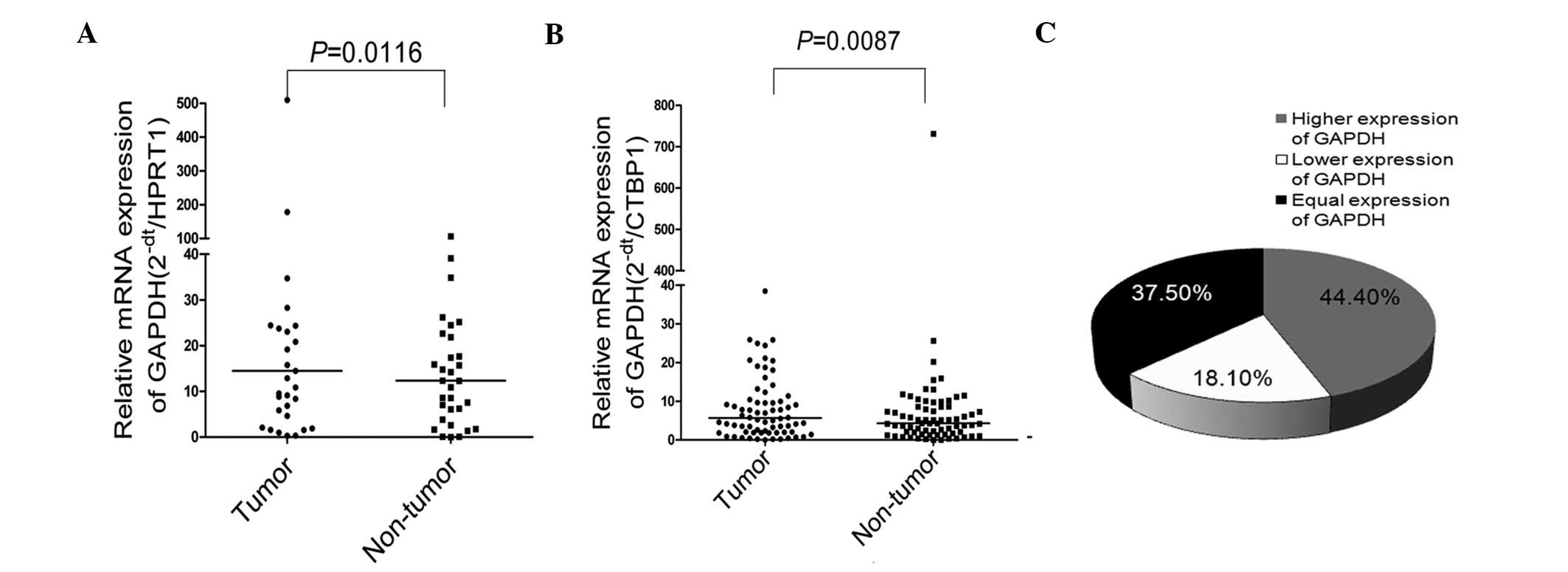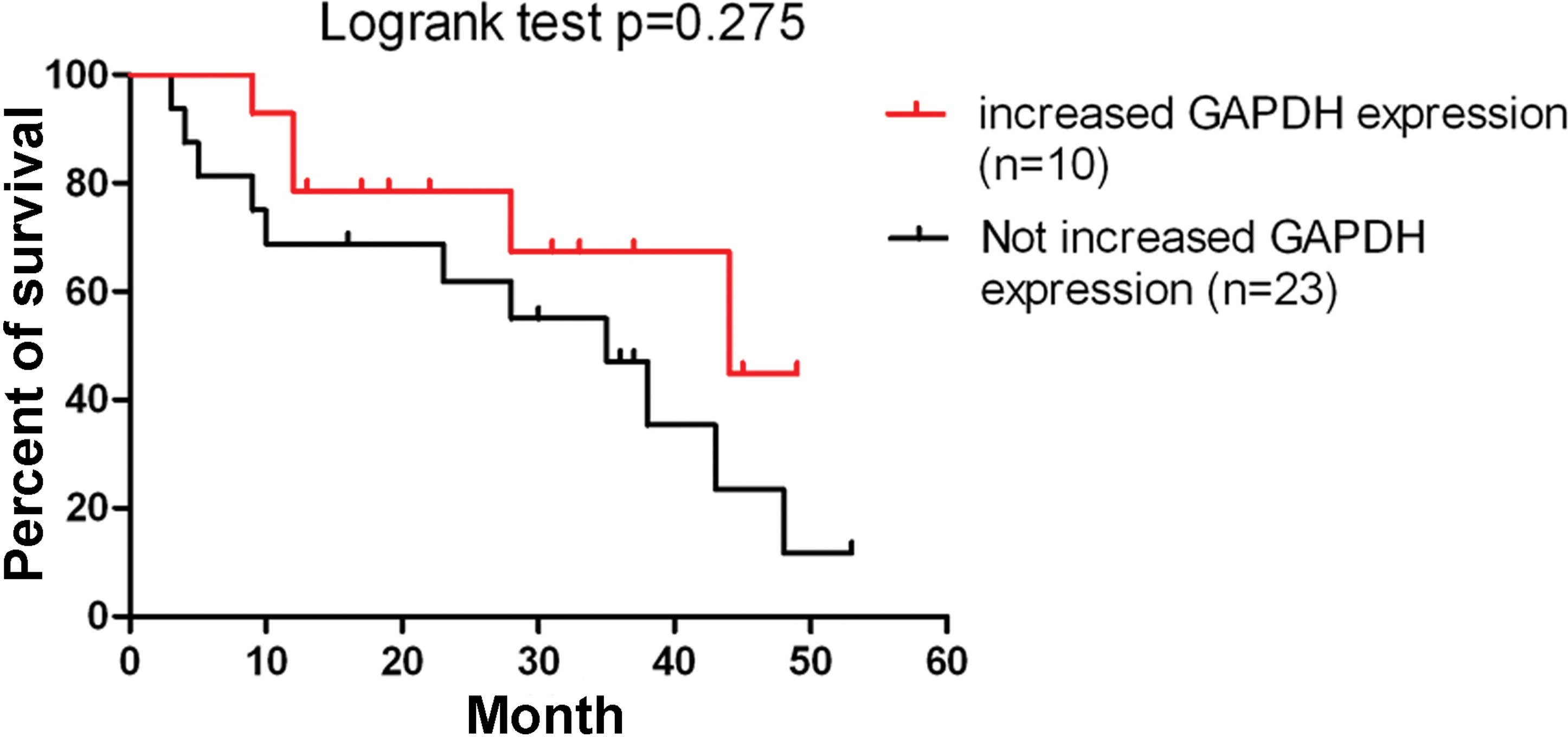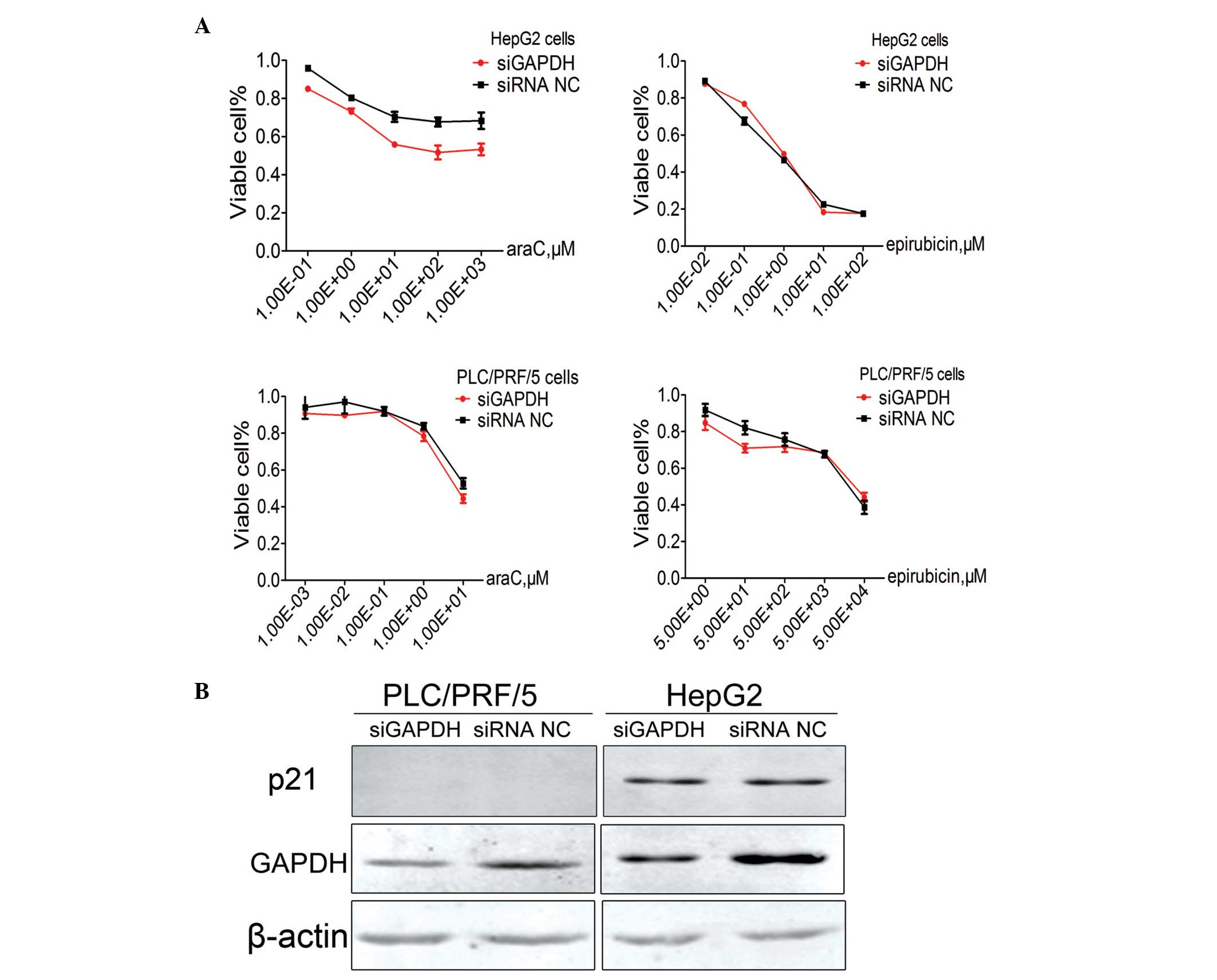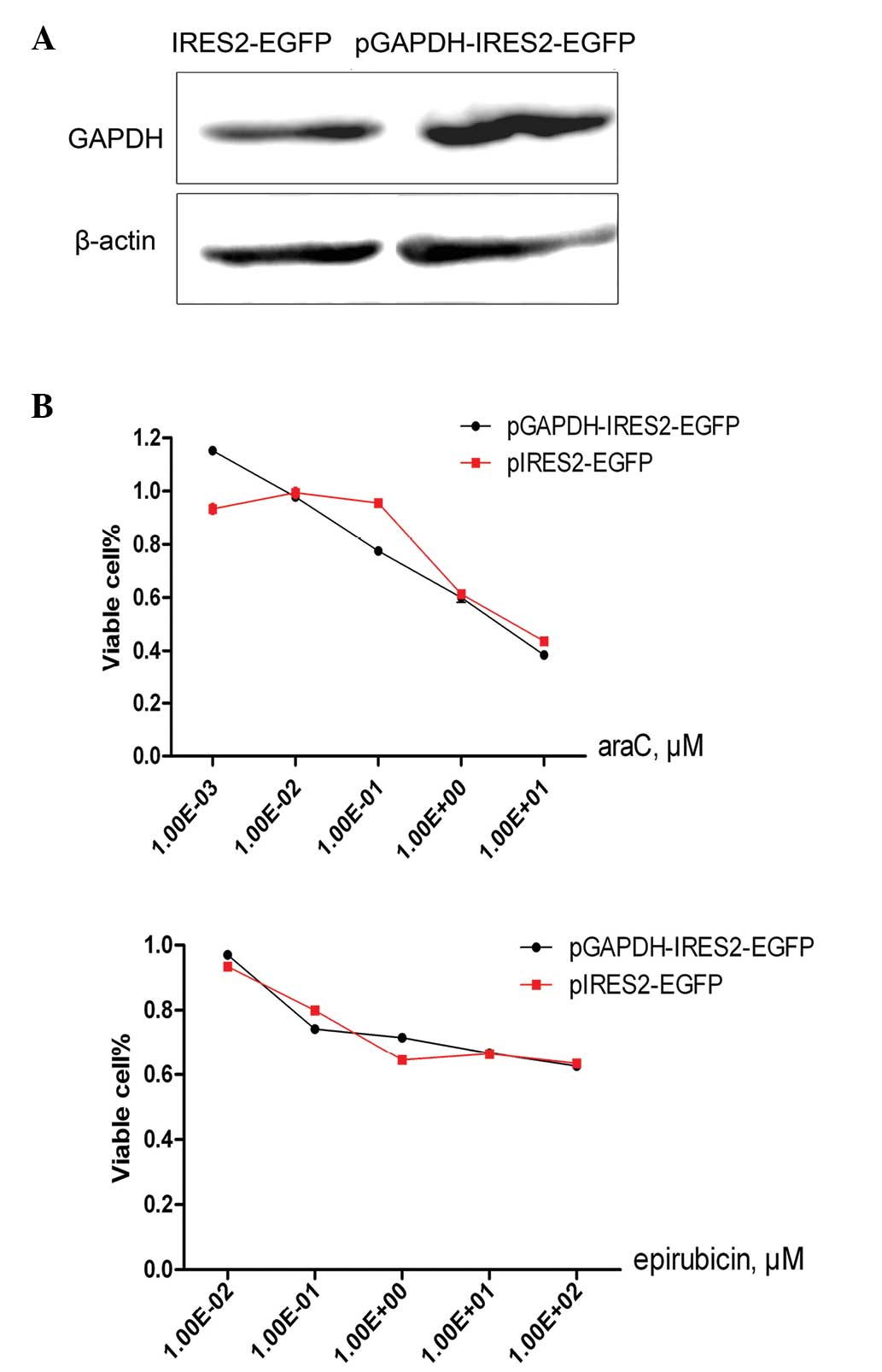|
1
|
Parkin DM: The global health burden of
infection-associated cancers in the year 2002. Int J Cancer.
118:3030–3044. 2006. View Article : Google Scholar : PubMed/NCBI
|
|
2
|
He J, Gu D, Wu X, et al: Major causes of
death among men and women in China. N Engl J Med. 353:1124–1134.
2005. View Article : Google Scholar : PubMed/NCBI
|
|
3
|
El-Serag HB and Rudolph KL: Hepatocellular
carcinoma: epidemiology and molecular carcinogenesis.
Gastroenterology. 132:2557–2576. 2007. View Article : Google Scholar : PubMed/NCBI
|
|
4
|
Ganem D and Prince AM: Hepatitis B virus
infection-natural history and clinical consequences. N Engl J Med.
350:1118–1129. 2004. View Article : Google Scholar : PubMed/NCBI
|
|
5
|
Harada K, Hirohara J, Ueno Y, et al:
Incidence of and risk factors for hepatocellular carcinoma in
primary biliary cirrhosis: national data from japan. Hepatology.
57:1942–1949. 2013. View Article : Google Scholar : PubMed/NCBI
|
|
6
|
Lee MH, Yang HI, Liu J, et al: Prediction
models of long-term cirrhosis and hepatocellular carcinoma risk
risk in chronic hepatitis B patients: risk scores integrating host
and virus profiles. Hepatology. 58:546–554. 2013. View Article : Google Scholar : PubMed/NCBI
|
|
7
|
Yang HI, Sherman M, Su J, et al: Nomograms
for risk of hepatocellular carcinoma in patients with chronic
hepatitis B virus infection. J Clin Oncol. 28:2437–2444. 2010.
View Article : Google Scholar : PubMed/NCBI
|
|
8
|
Matsumura M, Ijichi M, Shiratori Y, et al:
Simple quantitative assay of α-fetoprotein mRNA in liver tissue
using the real-time detection polymerase chain reaction assay – its
application for clinical use. Hepatol Res. 20:84–96. 2001.
View Article : Google Scholar : PubMed/NCBI
|
|
9
|
Sirover MA: New insights into an old
protein: the functional diversity of mammalian
glyceraldehyde-3-phosphate dehydrogenase. Biochim Biophys Acta.
1432:159–184. 1999. View Article : Google Scholar : PubMed/NCBI
|
|
10
|
Yi M, Schultz DE and Lemon SM: Functional
significance of the interaction of hepatitis a virus rna with
glyceraldehyde 3-phosphate dehydrogenase (gapdh): opposing effects
of gapdh and polypyrimidine tract binding protein on internal
ribosome entry site function. J Virol. 74:6459–6468. 2000.
View Article : Google Scholar : PubMed/NCBI
|
|
11
|
Lin SS, Chang SC, Wang YH, Sun CY and
Chang MF: Specific interaction between the hepatitis delta virus
rna and glyceraldehyde 3-phosphate dehydrogenase: an enhancement on
ribozyme catalysis. Virology. 271:46–57. 2000. View Article : Google Scholar : PubMed/NCBI
|
|
12
|
Berry MD and Boulton AA:
Glyceraldehyde-3-phosphate dehydrogenase and apoptosis. J Neurosci
Res. 60:150–154. 2000. View Article : Google Scholar : PubMed/NCBI
|
|
13
|
Vila MR, Nicolas A, Morote J, de I and
Meseguer A: Increased glyceraldehyde-3-phosphate dehydrogenase
expression in renal cell carcinoma identified by rna-based,
arbitrarily primed polymerase chain reaction. Cancer. 89:152–164.
2000. View Article : Google Scholar
|
|
14
|
Tokunaga K, Nakamura Y, Sakata K, et al:
Enhanced expression of a glyceraldehyde-3-phosphate dehydrogenase
gene in human lung cancers. Cancer Res. 47:5616–5619.
1987.PubMed/NCBI
|
|
15
|
Revillion F, Pawlowski V, Hornez L and
Peyrat JP: Glyceraldehyde-3-phosphate dehydrogenase gene expression
in human breast cancer. Eur J Cancer. 36:1038–1042. 2000.
View Article : Google Scholar : PubMed/NCBI
|
|
16
|
Harada N, Yasunaga R, Higashimura Y, et
al: Glyceraldehyde-3-phosphate dehydrogenase enhances
transcriptional activity of androgen receptor in prostate cancer
cells. J Biol Chem. 282:22651–22661. 2007. View Article : Google Scholar : PubMed/NCBI
|
|
17
|
Ikeguchi M, Hirooka Y and Kaibara N:
Quantitative analysis of apoptosis-related gene expression in
hepatocellular carcinoma. Cancer. 95:1938–1945. 2002. View Article : Google Scholar : PubMed/NCBI
|
|
18
|
Meyer-Siegler K, Mauro DJ, Seal G, et al:
A human nuclear uracil dna glycosylase is the 37-kda subunit of
glyceraldehyde-3-phosphate dehydrogenase. Proc Natl Acad Sci USA.
88:8460–8464. 1991. View Article : Google Scholar : PubMed/NCBI
|
|
19
|
Azam S, Jouvet N, Jilani A, et al: Human
glyceraldehyde-3-phosphate dehydrogenase plays a direct role in
reactivating oxidized forms of the dna repair enzyme ape1. J Biol
Chem. 283:30632–30641. 2008. View Article : Google Scholar : PubMed/NCBI
|
|
20
|
Phadke MS, Krynetskaia NF, Mishra AK and
Krynetskiy E: Glyceraldehyde 3-phosphate dehydrogenase depletion
induces cell cycle arrest and resistance to antimetabolites in
human carcinoma cell lines. J Pharmacol Exp Ther. 331:77–86. 2009.
View Article : Google Scholar : PubMed/NCBI
|
|
21
|
Krynetski EY, Krynetskaia NF, Gallo AE,
Murti KG and Evans WE: A novel protein complex distinct from
mismatch repair binds thioguanylated dna. Mol Pharmacol.
59:367–374. 2001.PubMed/NCBI
|
|
22
|
Liu S, Zhu P, Zhang L, et al: Selection of
reference genes for RT-qPCR analysis in tumor tissues from male
hepatocellular carcinoma patients with hepatitis B infection and
cirrhosis. Cancer Biomark. 13:345–349. 2013.PubMed/NCBI
|
|
23
|
Heid CA, Stevens J, Livak KJ and Williams
PM: Real time quantitative pcr. Genome Res. 6:986–994. 1996.
View Article : Google Scholar : PubMed/NCBI
|
|
24
|
Gibson UE, Heid CA and Williams PM: A
novel method for real time quantitative rt-pcr. Genome Res.
6:995–1001. 1996. View Article : Google Scholar : PubMed/NCBI
|
|
25
|
Knodell RG, Ishak KG, Black WC, et al:
Formulation and application of a numerical scoring system for
assessing histological activity in asymptomatic chronic active
hepatitis. Hepatology. 1:431–435. 1981. View Article : Google Scholar : PubMed/NCBI
|
|
26
|
Claverie JM: Computational methods for the
identification of differential and coordinated gene expression. Hum
Mol Genet. 8:1821–1832. 1999. View Article : Google Scholar : PubMed/NCBI
|
|
27
|
Xie Q, Chen X, Lu F, et al: Aberrant
expression of microrna 155 may accelerate cell proliferation by
targeting sex-determining region y box 6 in hepatocellular
carcinoma. Cancer. 118:2431–2442. 2012. View Article : Google Scholar : PubMed/NCBI
|
|
28
|
Liang X, Bi S, Yang W, et al:
Epidemiological serosurvey of hepatitis B in China – declining hbv
prevalence due to hepatitis B vaccination. Vaccine. 27:6550–6557.
2009. View Article : Google Scholar : PubMed/NCBI
|
|
29
|
Lu FM, Li T, Liu S and Zhuang H:
Epidemiology and prevention of hepatitis B virus infection in
China. j viral hepat. 17 (Suppl 1):4–9. 2010. View Article : Google Scholar : PubMed/NCBI
|
|
30
|
Gong Y, Cui L and Minuk GY: Comparison of
glyceraldehyde-3-phosphate dehydrogenase and 28s-ribosomal rna gene
expression in human hepatocellular carcinoma. Hepatology.
23:734–737. 1996. View Article : Google Scholar : PubMed/NCBI
|
|
31
|
Sun W, Xing B, Sun Y, et al: Proteome
analysis of hepatocellular carcinoma by two-dimensional difference
gel electrophoresis: novel protein markers in hepatocellular
carcinoma tissues. Mol Cell Proteomics. 6:1798–1808. 2007.
View Article : Google Scholar : PubMed/NCBI
|
|
32
|
Fu LY, Jia HL, Dong QZ, et al: Suitable
reference genes for real-time pcr in human hbv-related
hepatocellular carcinoma with different clinical prognoses. BMC
Cancer. 9:492009. View Article : Google Scholar : PubMed/NCBI
|
|
33
|
Shibuya A and Ikewaki N: High serum
glyceraldehyde-3-phosphate dehydrogenase levels in patients with
liver cirrhosis. Hepatol Res. 22:174–179. 2002. View Article : Google Scholar : PubMed/NCBI
|
|
34
|
Obata H, Hayashi N, Motoike Y, et al: A
prospective study on the development of hepatocellular carcinoma
from liver cirrhosis with persistent hepatitis B virus infection.
Int J Cancer. 25:741–747. 1980. View Article : Google Scholar : PubMed/NCBI
|
|
35
|
Hedley DW and McCulloch EA: Generation of
reactive oxygen intermediates after treatment of blasts of acute
myeloblastic leukemia with cytosine arabinoside: role of bcl-2.
Leukemia. 10:1143–1149. 1996.PubMed/NCBI
|
|
36
|
Karon M, Henry P, Weissman S and Meyer C:
The effect of 1-beta-d-arabinofuranosylcytosine on macromolecular
synthesis in kb spinner cultures. Cancer Res. 26:166–171.
1966.PubMed/NCBI
|
|
37
|
Chen RW, Saunders PA, Wei H, et al:
Involvement of glyceraldehyde-3-phosphate dehydrogenase (gapdh) and
p53 in neuronal apoptosis: evidence that gapdh is upregulated by
p53. J Neurosci. 19:9654–9662. 1999.PubMed/NCBI
|
|
38
|
Anderson CN and Tolkovsky AM: A role for
mapk/erk in sympathetic neuron survival: protection against a
p53-dependent, jnk-independent induction of apoptosis by cytosine
arabinoside. J Neurosci. 19:664–673. 1999.PubMed/NCBI
|
|
39
|
Essmann F, Wieder T, Otto A, et al: Gdp
dissociation inhibitor d4-gdi (rho-gdi 2), but not the homologous
rho-gdi 1, is cleaved by caspase-3 during drug-induced apoptosis.
Biochem J. 346:777–783. 2000. View Article : Google Scholar : PubMed/NCBI
|
|
40
|
Sun WL, Chen J, Wang YP and Zheng H:
Autophagy protects breast cancer cells from epirubicin-induced
apoptosis and facilitates epirubicin-resistance development.
Autophagy. 7:1035–1044. 2011. View Article : Google Scholar : PubMed/NCBI
|



















